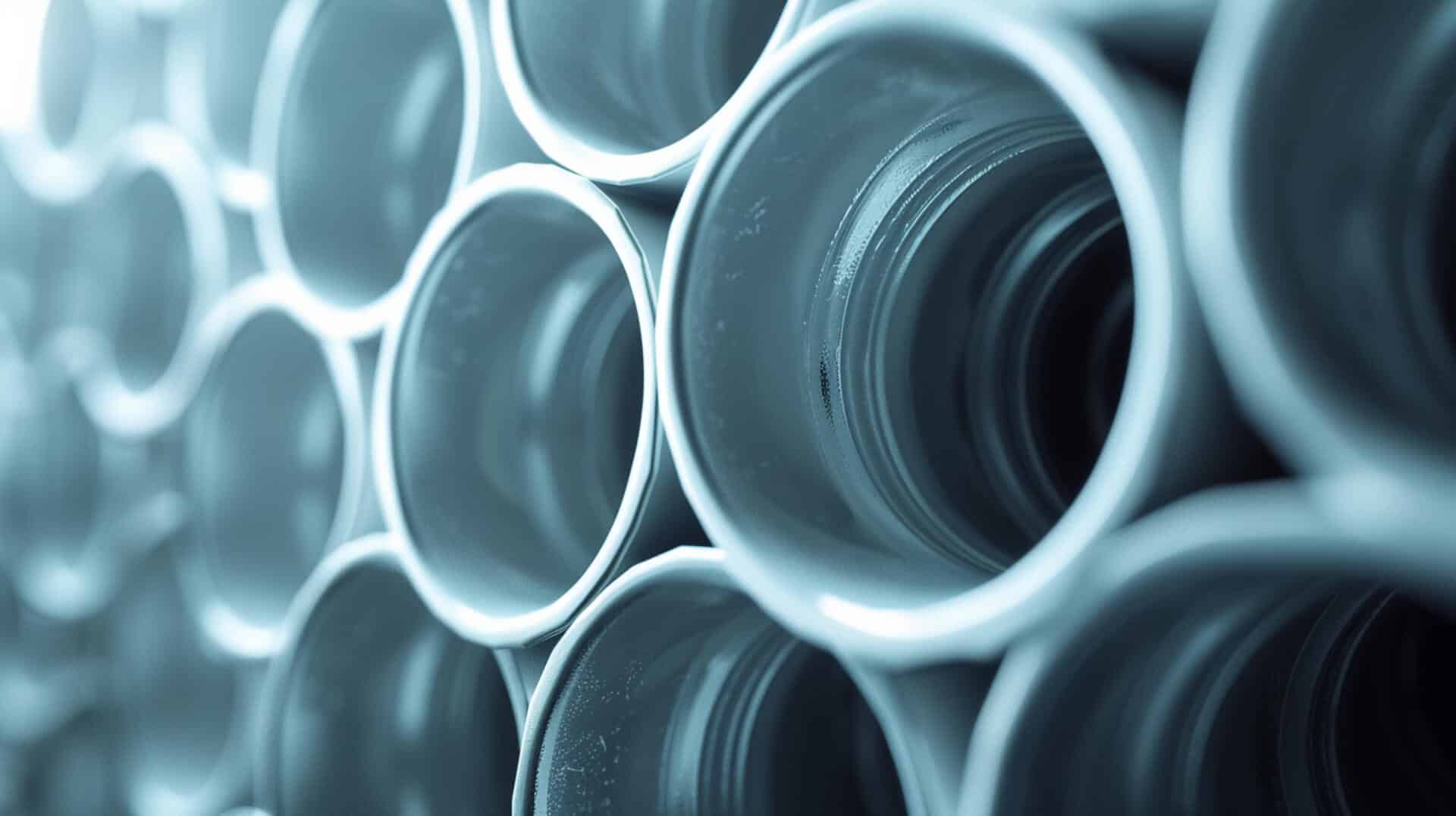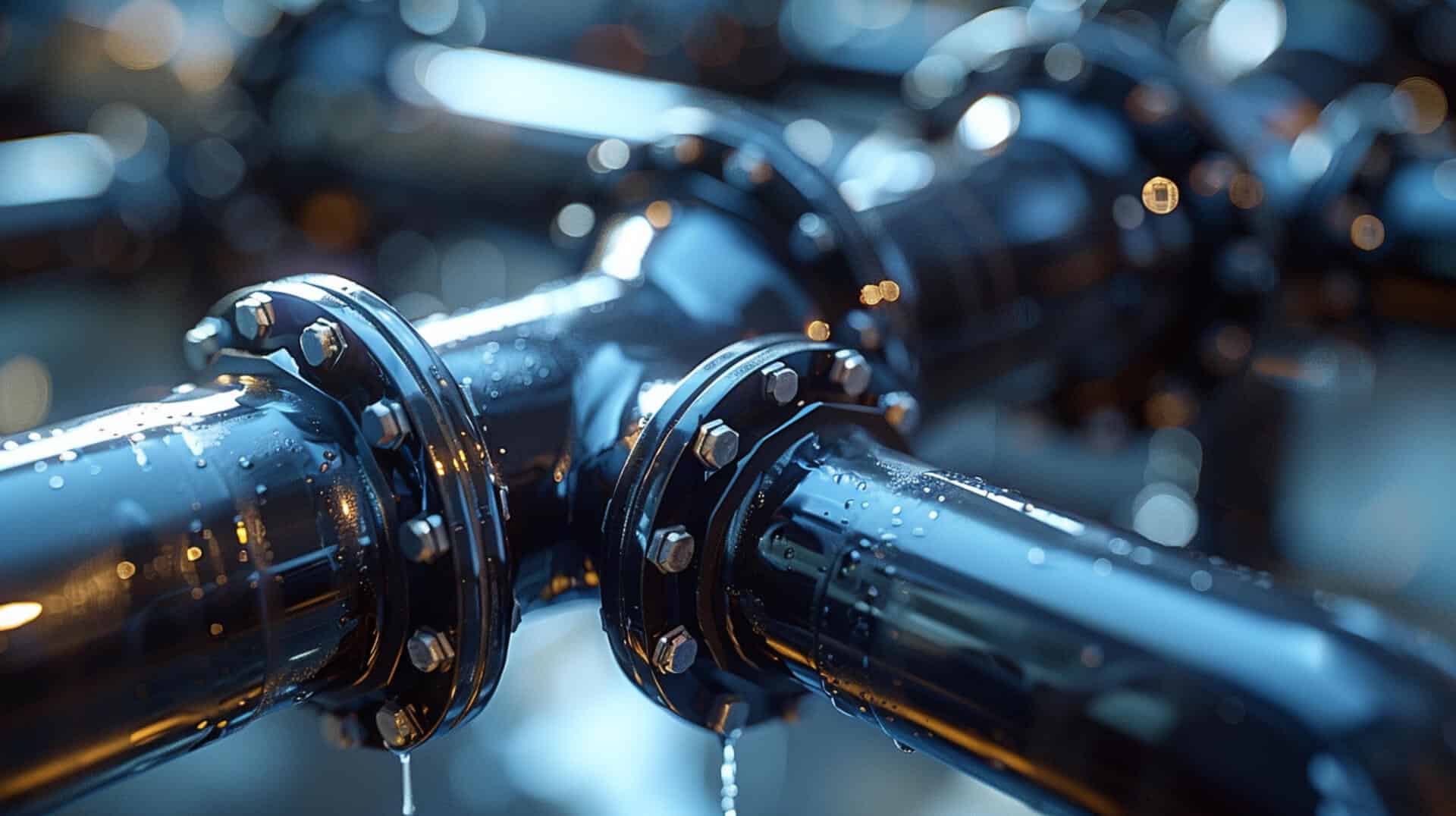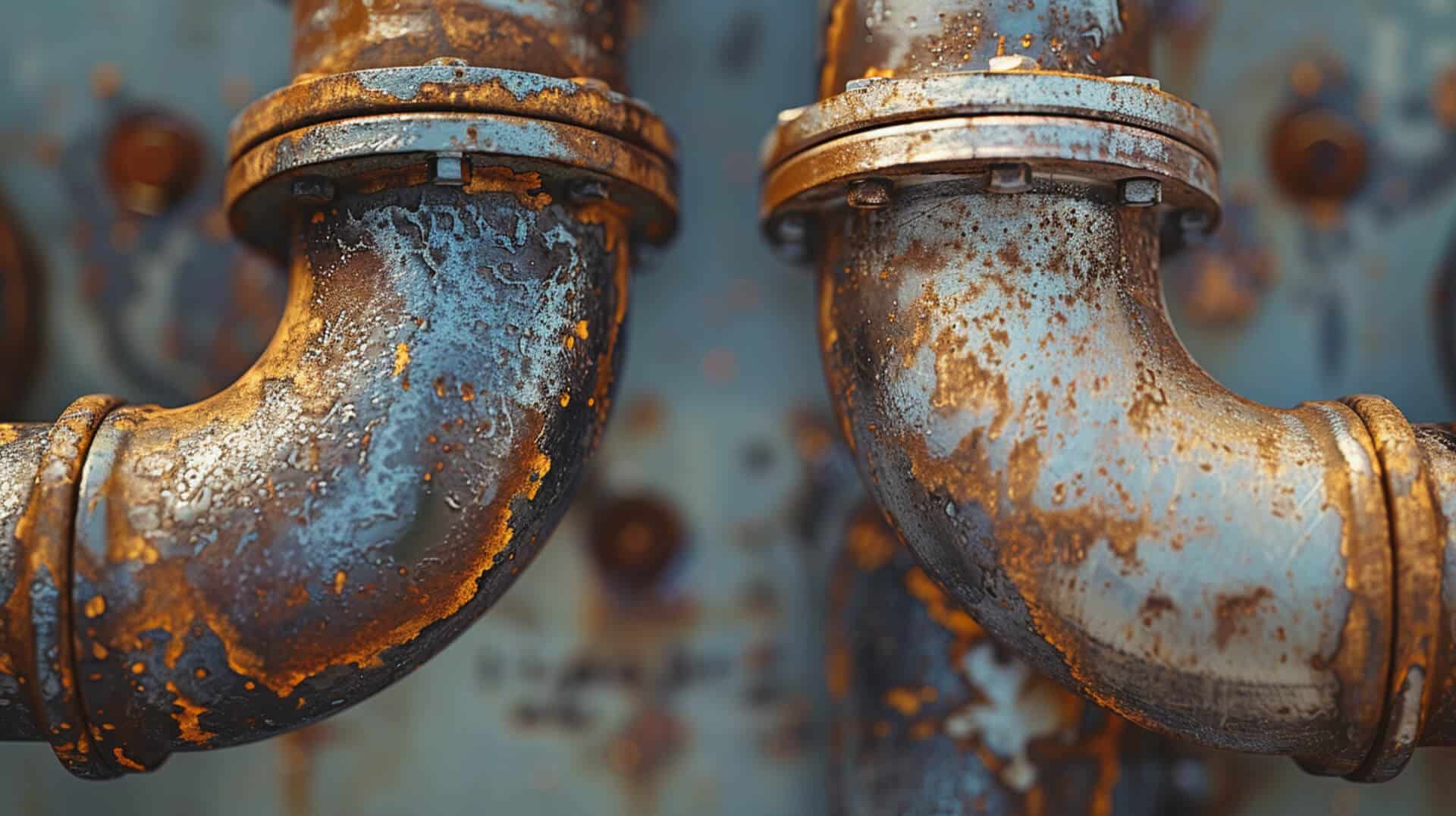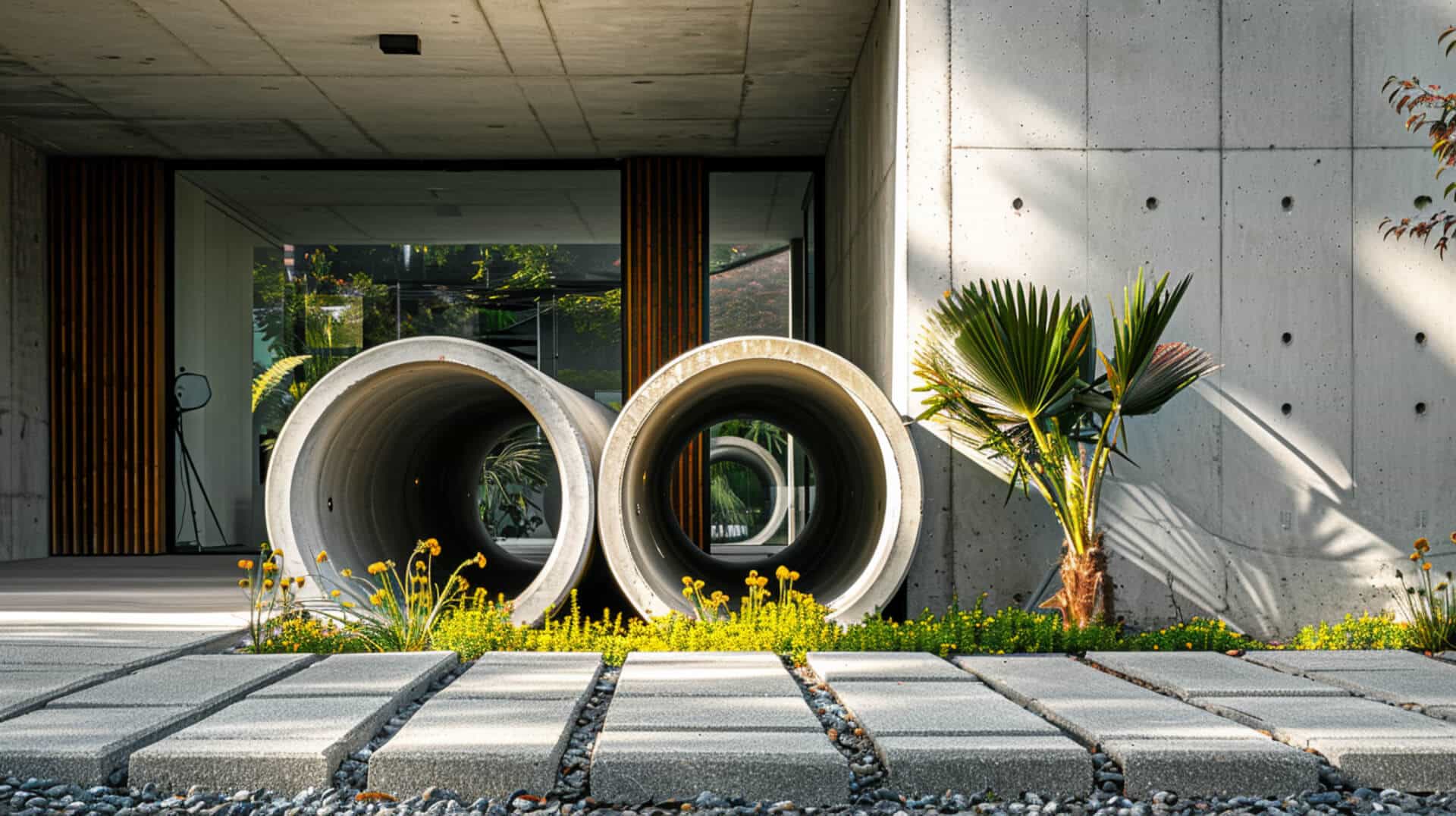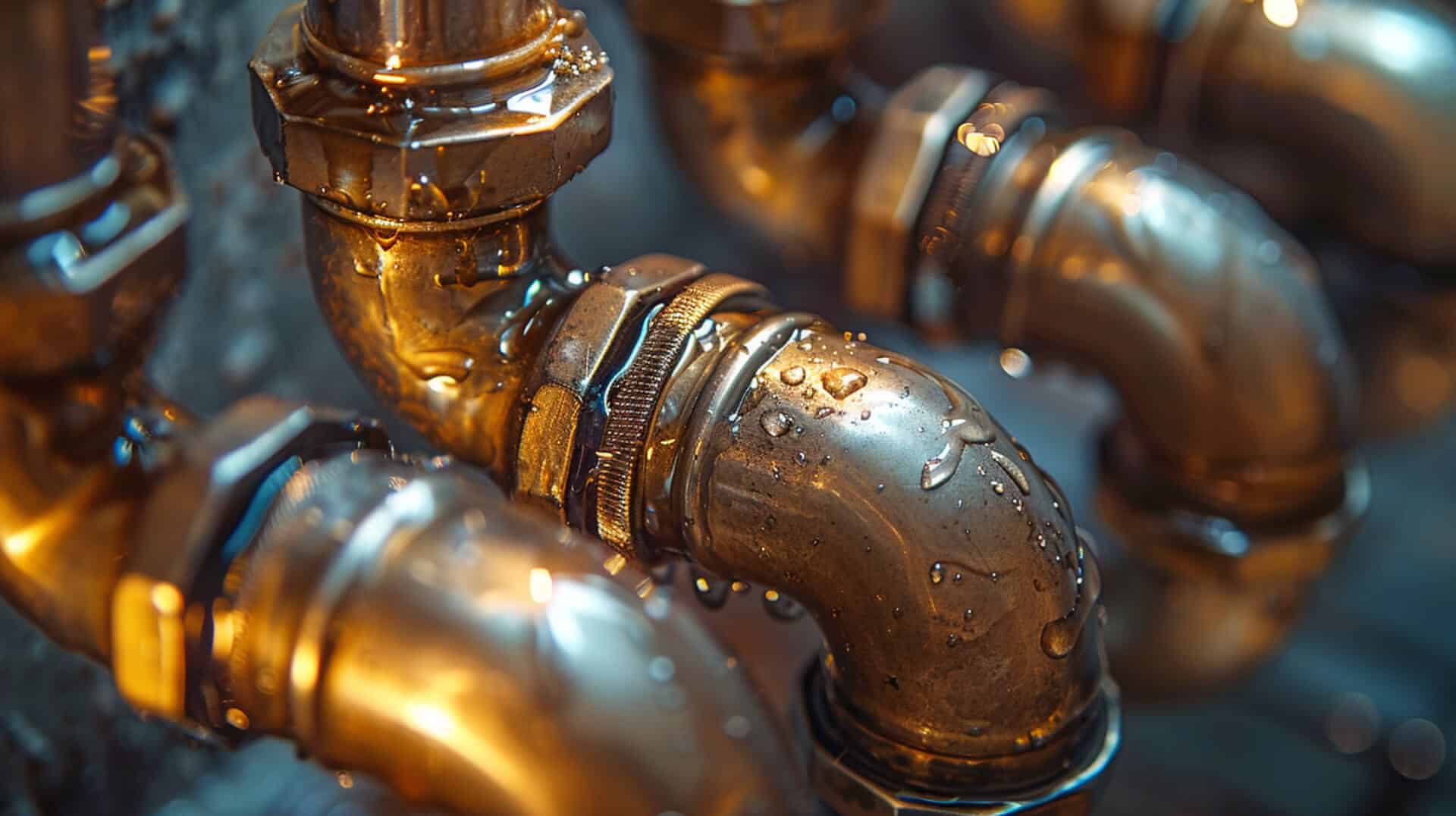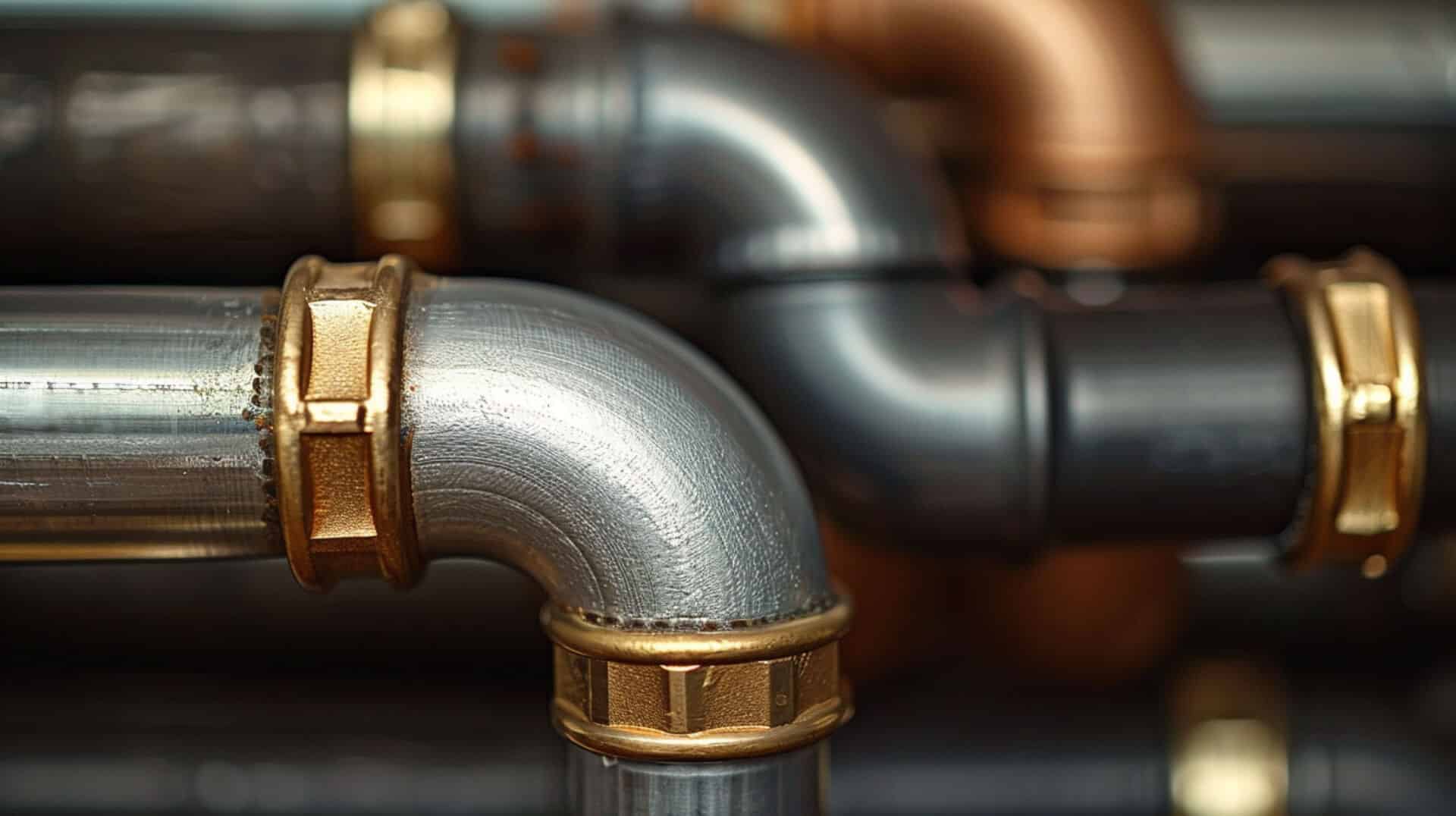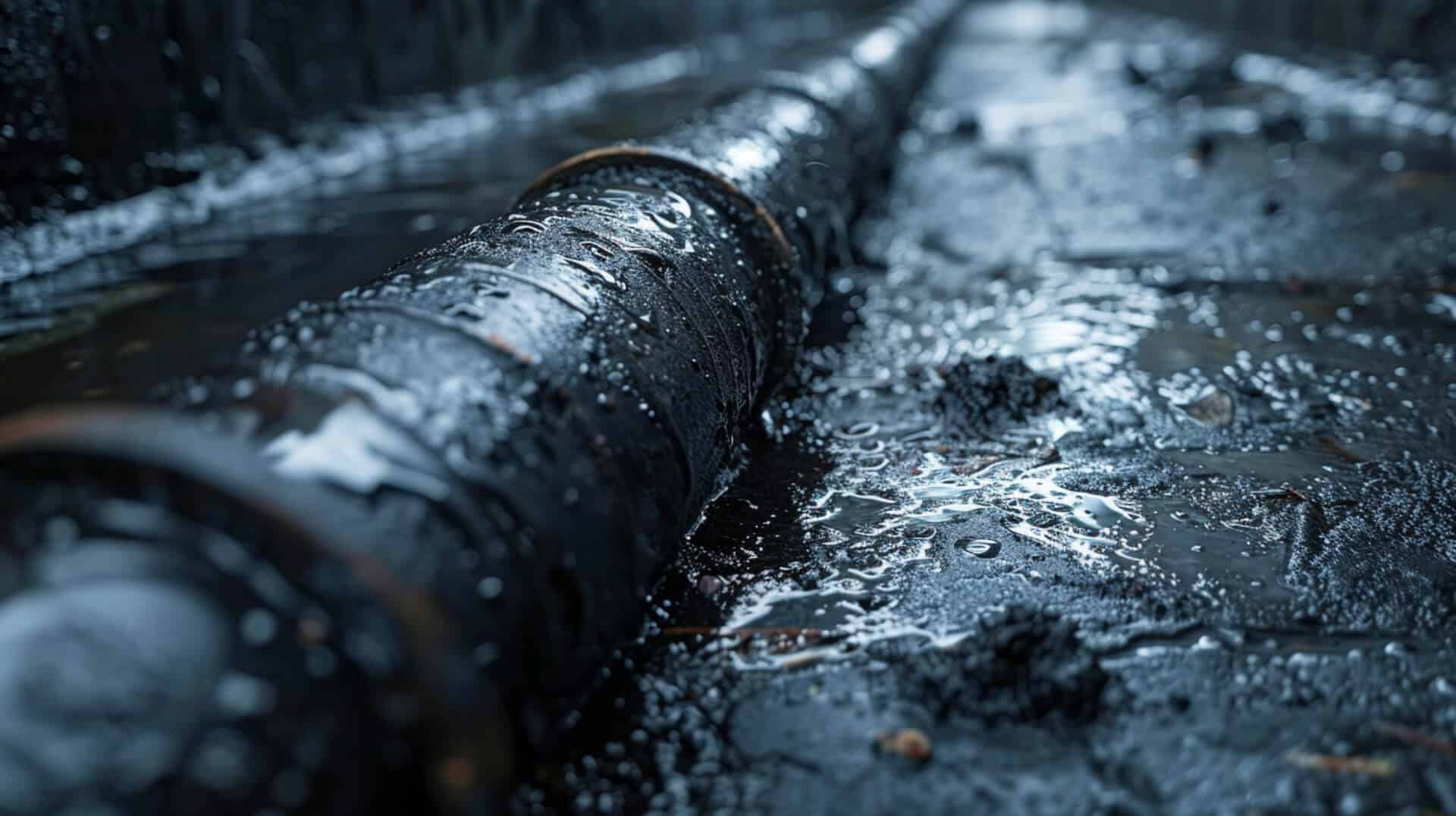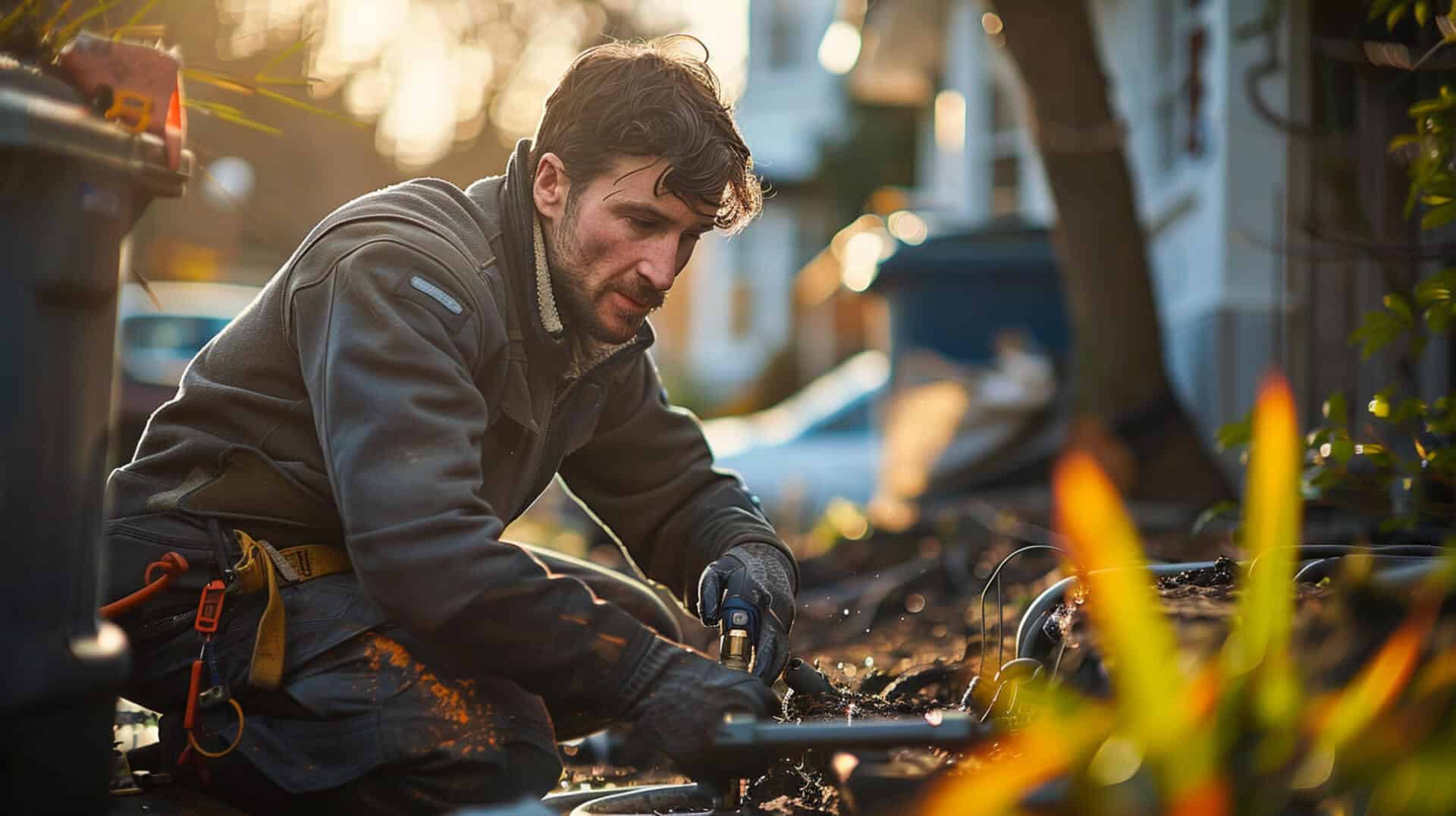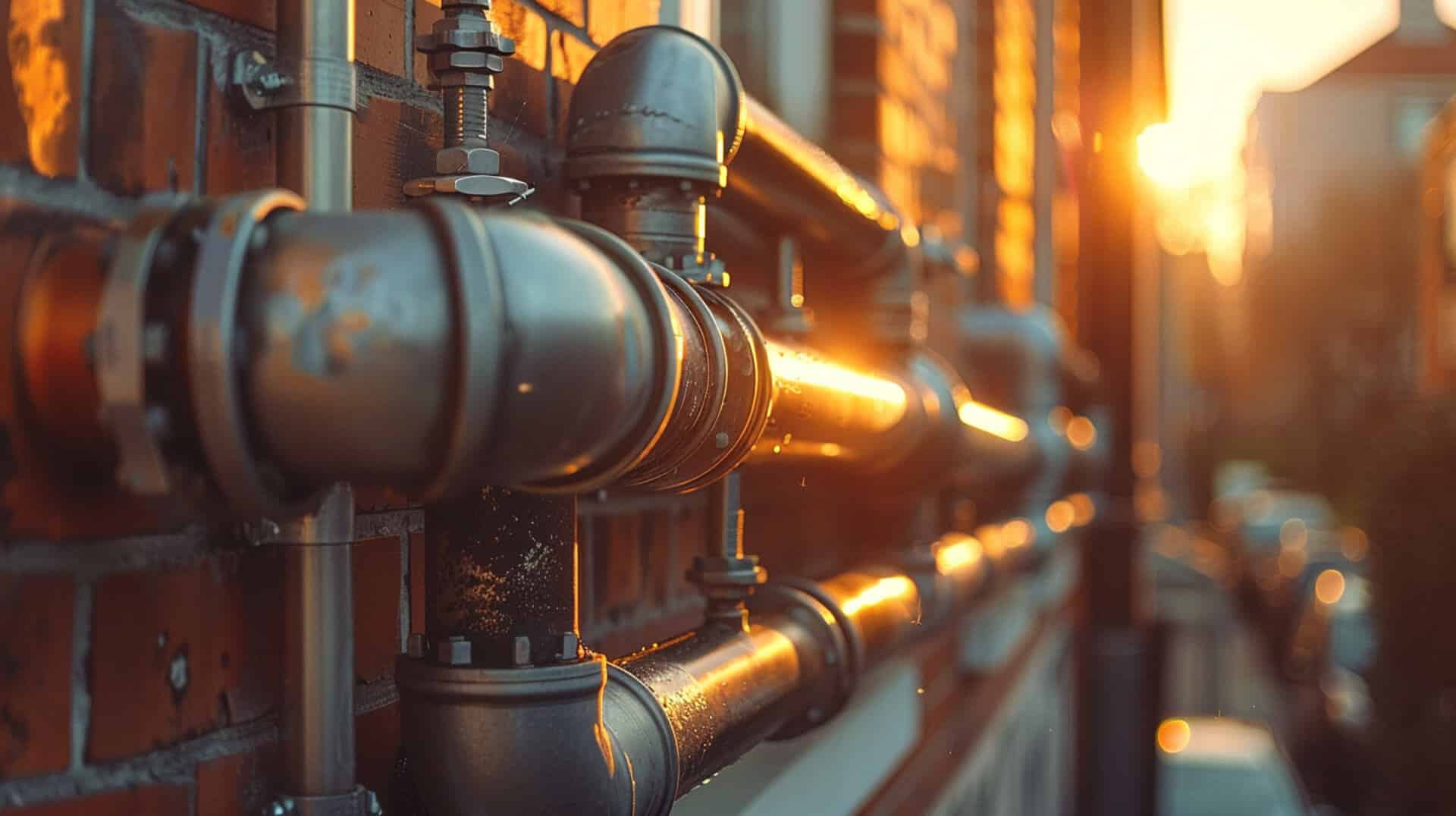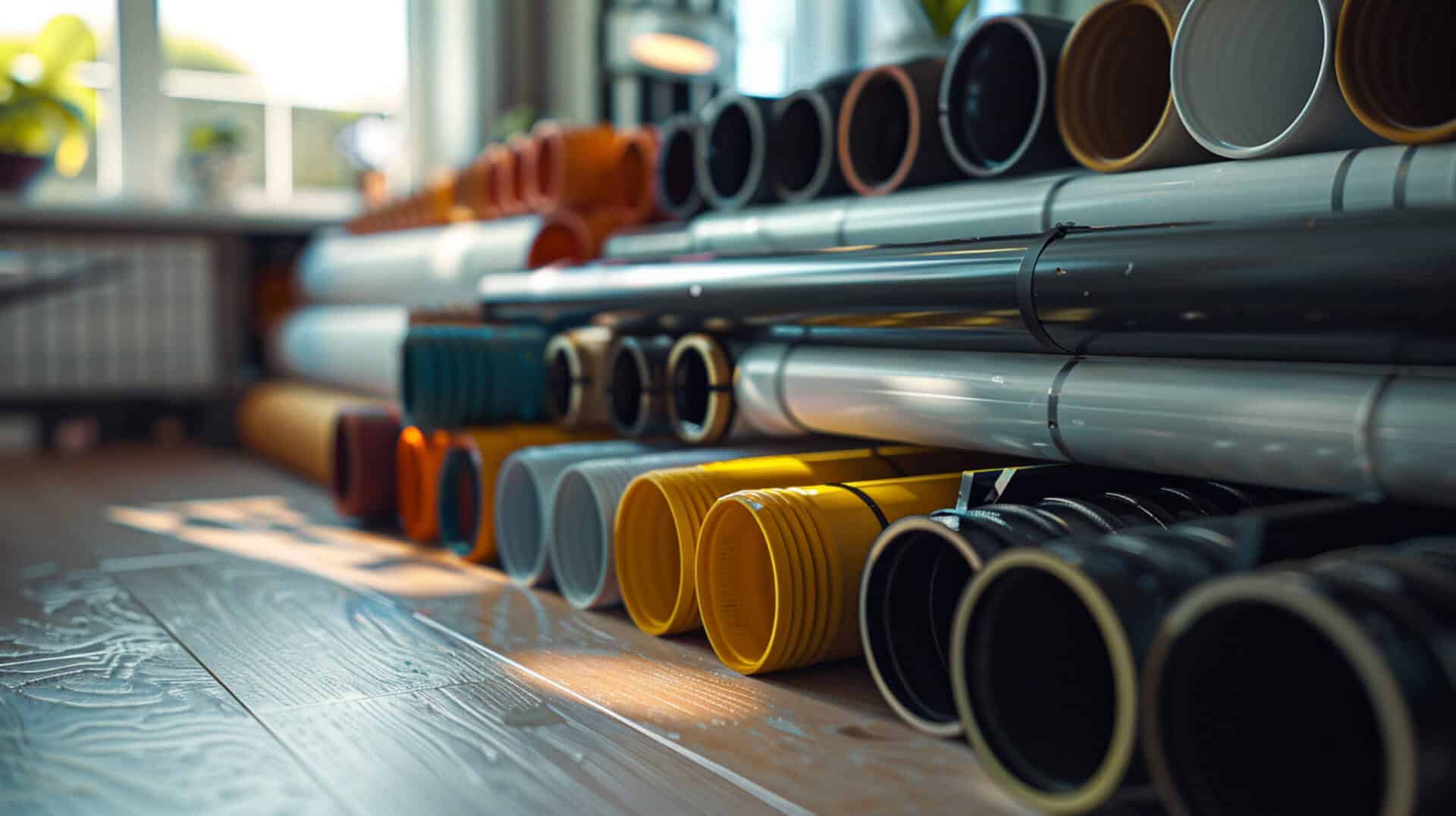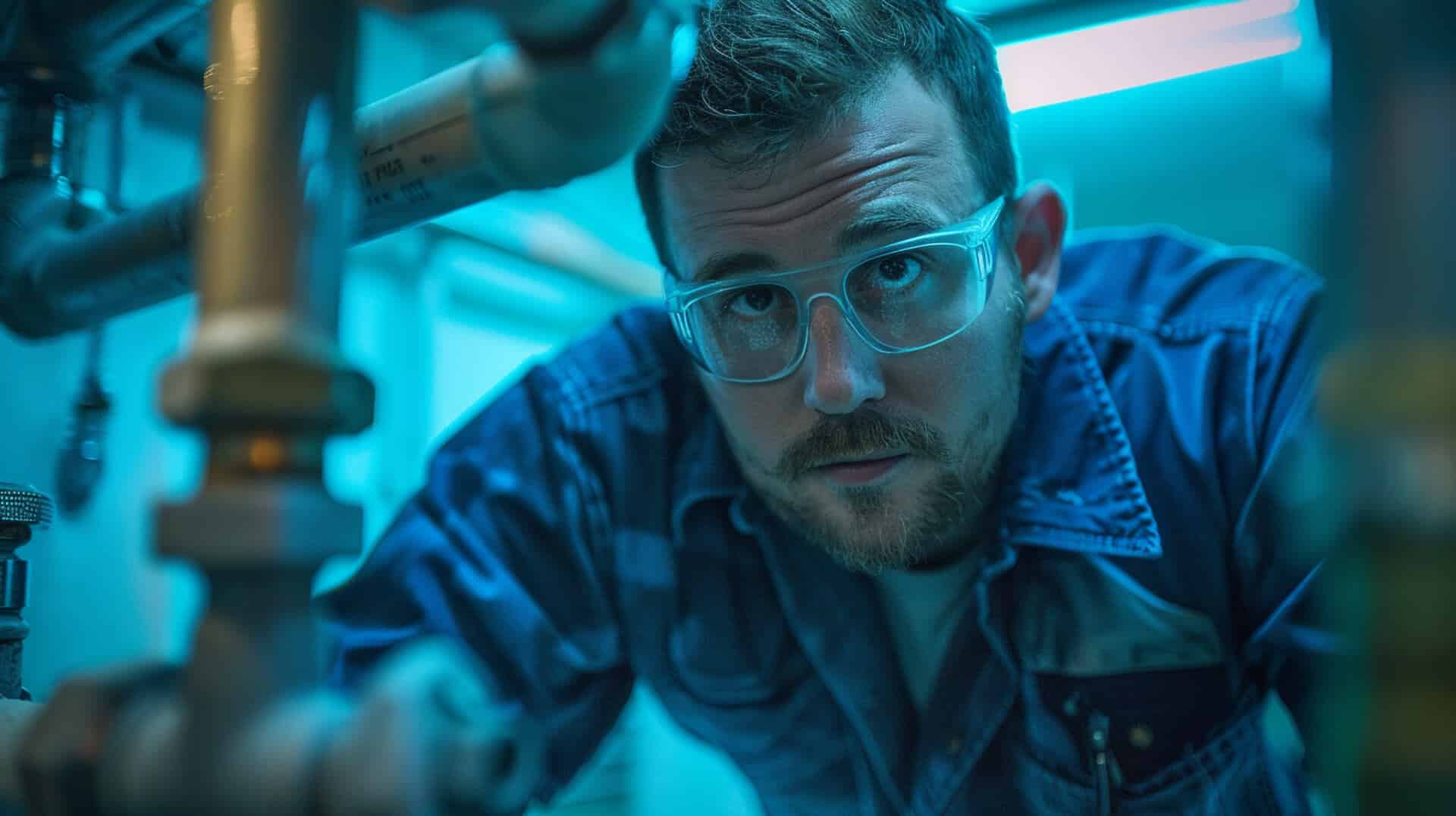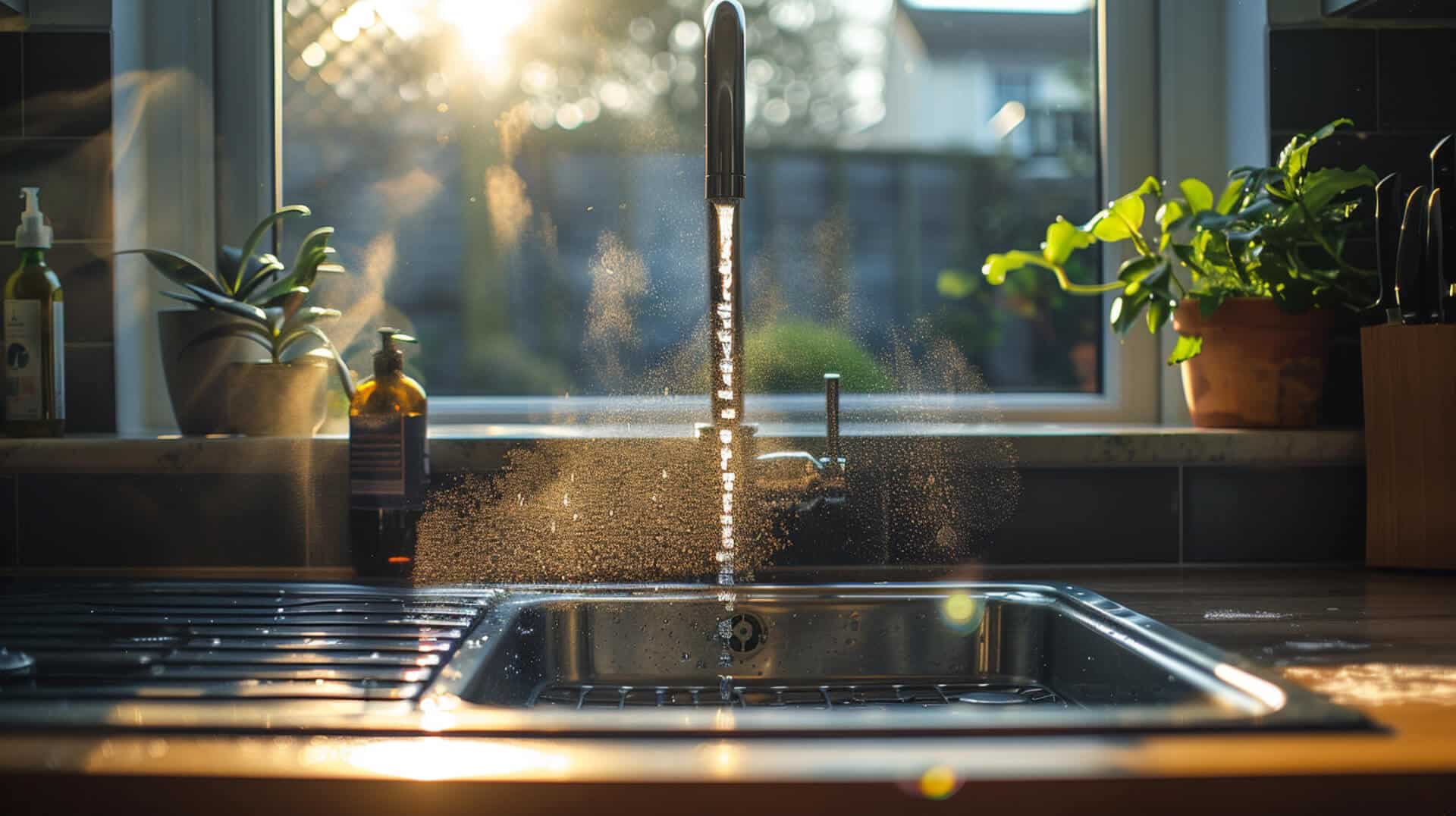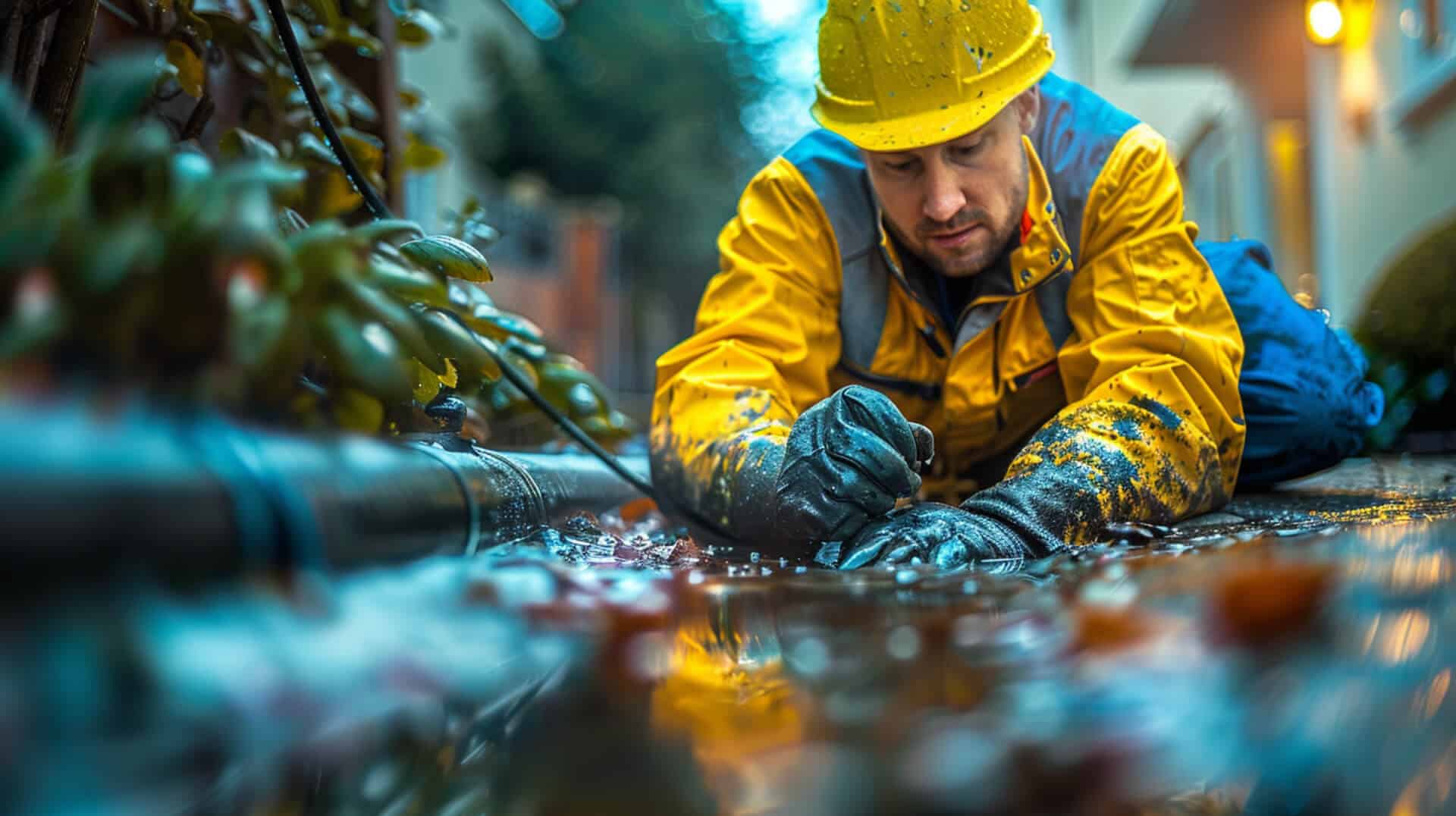 What Are The Pros And Cons Of Different Drain Pipe Materials
What Are The Pros And Cons Of Different Drain Pipe Materials
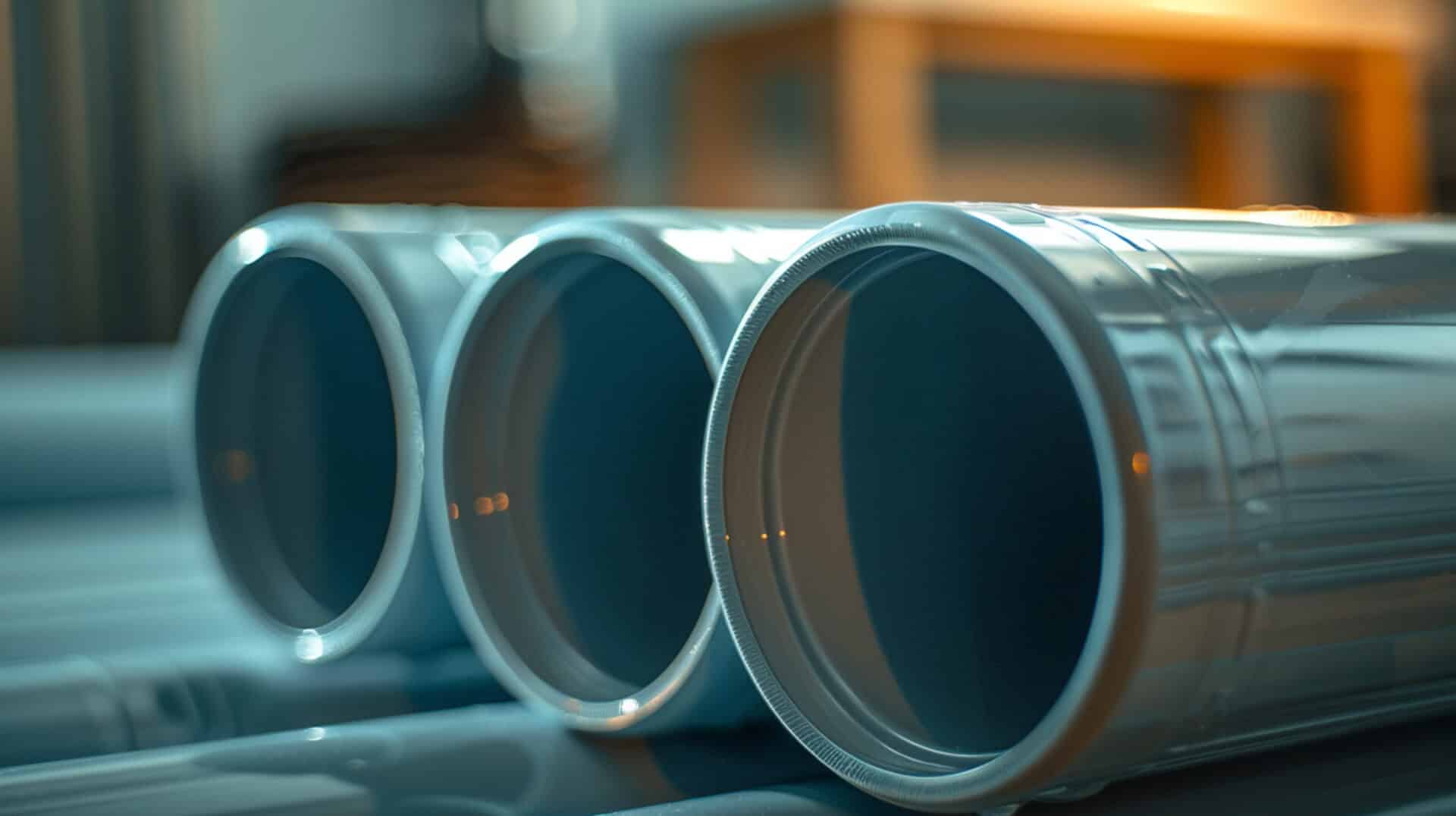
Choosing the right material for drainage systems is a critical decision for property management. The longevity and efficiency of a drainage system depend on the materials used, which in turn affects the structural integrity of a property. Over the years, drain pipe materials have evolved significantly, transitioning from traditional materials like clay and lead to modern alternatives such as plastics and composites. This evolution reflects advancements in technology and a better understanding of material properties and environmental impacts.
Evolution of Drain Pipe Materials
Drain pipe materials have undergone a considerable transformation, driven by the need for durability, ease of installation, and resistance to environmental factors. The shift from metal to plastic pipes, for instance, was largely due to the corrosion resistance and longevity offered by materials like PVC and ABS. Similarly, the use of concrete for heavy-duty applications showcases the industry’s response to the demand for robust and long-lasting solutions.
Key Factors Influencing Material Selection
When selecting drain pipe materials, several factors come into play. These include the material’s strength, size, installation ease, environmental impact, and adherence to local building codes. Each material presents a unique set of properties that make it suitable for specific conditions and uses.
Guide for Informed Decision-Making
This guide is designed to assist you, whether you’re a property owner, business owner, or facility manager, in navigating the complexities of drain pipe materials. By understanding the pros and cons of each material, you can make informed decisions that ensure the longevity and effectiveness of your drainage systems while considering environmental responsibilities and regulatory compliance.
Understanding the Basics: PVC Pipes
When selecting materials for drainage systems, polyvinyl chloride, commonly known as PVC, stands out as a prevalent choice. This section explores the attributes of PVC pipes that contribute to their widespread use, examines their environmental impact, and considers the role of recyclability in their selection.
Popularity of PVC in Drainage Systems
PVC pipes are favoured for their versatility and cost-effectiveness. Their resistance to weather-related degradation makes them suitable for a variety of climates, ensuring a broad range of applications from residential to commercial properties.
Benefits of Weather Resistance and Smooth Flow
The inherent weather resistance of PVC enhances its durability, reducing the need for frequent replacements. Additionally, the smooth interior surface of PVC pipes facilitates an unimpeded flow of water, minimising the risk of blockages and maintenance requirements.
Environmental Considerations
While PVC pipes offer practical benefits, they also pose environmental concerns. The production process of PVC involves chlorine, which can have negative environmental impacts. Moreover, the non-biodegradable nature of PVC necessitates careful consideration of disposal methods.
Recyclability as a Factor
Recyclability is an increasingly important factor in material selection. PVC can be recycled and repurposed for various applications, which mitigates some of the environmental concerns associated with its use. When you’re evaluating materials for drainage, the potential for recycling PVC pipes is a significant advantage, contributing to a more sustainable construction practice.
By understanding these aspects of PVC pipes, you can make more informed decisions regarding their use in your drainage systems, balancing practicality with environmental responsibility.
The Role of ABS Pipes in Drainage
Acrylonitrile butadiene styrene (ABS) pipes are another common choice for drainage systems, particularly where specific conditions dictate their use over PVC. This section will discuss the scenarios in which ABS pipes are preferred, their unique properties, and the environmental considerations associated with their use.
Preferred Scenarios for ABS Pipes
ABS pipes are often selected for their superior performance in extreme temperatures and their high impact resistance. These characteristics make ABS an ideal material for outdoor drainage systems and in areas subject to severe weather conditions.
Temperature and Impact Resistance
ABS pipes distinguish themselves from PVC and other materials through their ability to withstand very low and high temperatures without compromising structural integrity. Their toughness also means they are less likely to crack under impact, which is particularly beneficial in environments where pipes may be exposed to physical stress.
Limitations and Environmental Impact
While ABS pipes are robust, they are not without limitations. One of the primary environmental concerns is their flammability. Additionally, like PVC, ABS is a plastic and thus shares concerns regarding non-biodegradability and long-term environmental impact.
Installation Requirements
The installation of ABS pipes is generally straightforward, requiring ABS-specific cement without the need for a primer. This can simplify the installation process compared to materials that require more complex preparation. When considering ABS for your drainage needs, it is essential to weigh these factors to ensure that the material aligns with the specific requirements of your project.
Metal Pipes: Copper and Cast Iron Explained
In the realm of drainage systems, metal pipes such as copper and cast iron have been utilised for their distinct properties. This section delves into the reasons behind their selection and the challenges they present.
Copper Pipes: Durability and Antimicrobial Qualities
Copper pipes are often chosen for their long-term durability and natural antimicrobial properties. Despite the higher initial cost, copper’s resilience to corrosion and its ability to inhibit bacterial growth can be decisive factors for property owners prioritising longevity and health safety in their plumbing systems.
Cast Iron Pipes: Longevity Versus Corrosion
Cast iron pipes have a history of use due to their longevity and heat resistance. However, they are susceptible to corrosion over time, which can lead to leaks and the need for replacement. Their heavyweight also presents challenges during installation and repair.
Installation and Maintenance of Metal Pipes
The installation of metal pipes, particularly copper, often requires skilled labour due to the need for soldering joints, which can increase the overall cost. Maintenance can be more labour-intensive compared to plastic alternatives, as metal pipes may require more frequent inspections to prevent corrosion-related issues.
By considering these factors, you can assess whether the benefits of metal pipes align with the specific needs and constraints of your drainage system project.
The Significance of Concrete Pipes
Concrete pipes are integral to heavy-duty drainage applications due to their robustness and capacity to handle large volumes of water. This section examines the role of concrete pipes in drainage systems, their benefits and drawbacks, and the factors influencing their performance and longevity.
Heavy-Duty Applications of Concrete Pipes
Concrete pipes are typically employed in scenarios that demand high durability and strength, such as municipal sewer systems and stormwater drainage. Their ability to withstand substantial loads and resist environmental stressors makes them a reliable choice for large-scale projects.
Advantages and Disadvantages
The primary advantage of concrete pipes is their longevity and resistance to abrasion and corrosion, which is especially beneficial in areas with high water flow or abrasive materials. However, their significant weight can complicate transportation and installation, often necessitating specialised equipment and expertise.
Installation Complexity
Compared to lighter materials like PVC or ABS, concrete pipes require careful handling during installation to prevent damage. The process may involve heavy machinery and should be conducted by professionals to ensure proper placement and function.
Longevity and Performance Considerations
For optimal performance, concrete pipes should be inspected regularly for signs of wear or damage. Factors such as the quality of the concrete mix, the pipe design, and the local environment can all impact the longevity of concrete pipes. When selecting concrete for drainage purposes, it is essential to consider these aspects to ensure the material meets the specific needs of the project.
Types of Pipes: Smooth Wall, Corrugated, and More
Different pipe types are designed to meet the diverse requirements of drainage systems. Each type offers unique benefits and is suited to particular applications, affecting the overall efficiency of water management.
Smooth Wall Pipes
Smooth wall pipes are characterised by their rigid structure and seamless interior, which promotes a consistent flow of water. This type of pipe is ideal for scenarios where a swift and unobstructed water passage is necessary.
Corrugated Pipes
Corrugated pipes, on the other hand, are recognised for their flexibility and resilience. The corrugated design allows these pipes to withstand shifts in the surrounding soil without sustaining damage, making them suitable for areas prone to ground movement.
Dual-Wall Pipes
Dual-wall pipes combine the advantages of smooth wall and corrugated pipes. They feature a smooth interior for efficient water flow and a corrugated exterior for structural strength, providing an effective solution for various drainage needs.
Perforated Pipes for Subsurface Drainage
Perforated pipes are specifically designed for subsurface drainage, allowing water to enter through small openings along the pipe. This design is particularly effective in agricultural fields or areas with high groundwater levels, where water needs to be drained away from the soil to prevent saturation.
The selection of pipe type should be based on the specific requirements of the drainage system, including soil conditions, water volume, and the need for flexibility or strength. By choosing the appropriate pipe type, you can enhance the functionality and longevity of your drainage system.
Criteria for Selecting Drain Pipe Materials
Selecting the right material for drain pipes is a critical decision that affects the longevity and efficiency of a drainage system. This section outlines the factors that should influence this choice, including material strength, size, installation ease, and compliance with local codes and environmental considerations.
Assessing Material Strength and Size
The strength of a drain pipe material determines its ability to withstand pressure and external forces, which is essential for preventing leaks and breaks. Size is another crucial factor, as it must be appropriate for the volume of water the system will carry. Larger diameter pipes are typically used for main sewer lines, while smaller ones are sufficient for individual drain lines.
Installation Ease Across Materials
Ease of installation varies significantly between materials. PVC and ABS pipes, for example, are lightweight and easy to cut, making them a popular choice for DIY projects. Conversely, materials like cast iron and concrete require professional handling due to their weight and the complexity of installation.
Importance of Local Codes and Environmental Impact
Local building codes often dictate the types of materials that can be used for plumbing and drainage, ensuring safety and standardisation. Environmental impact is also a key consideration; materials like PVC and ABS are durable but raise concerns due to their non-biodegradable nature and the chemicals involved in their production.
When you’re selecting materials for a drainage project, it’s essential to balance these criteria to make an informed decision that ensures a functional, compliant, and environmentally responsible drainage system.
Installation Nuances Across Different Materials
The installation of drain pipes is a process that varies significantly with the material chosen. Each material presents unique challenges and requirements that can influence the long-term maintenance and performance of the drainage system.
Challenges with PVC and ABS Pipes
PVC pipes require the application of a primer before cementing, which is an additional step compared to ABS pipes that only need a special cement. This difference can affect the speed and ease of installation. ABS pipes, while easy to instal, must be handled with care in extremely cold temperatures to prevent cracking.
The Role of Professional Consultation
Professional consultation is recommended for drain pipe installation to ensure that the system complies with local building codes and performs optimally. Experts can provide valuable insights into the best practices for installation and help navigate the nuances of each material.
Material-Specific Installation Requirements
Each material comes with its own set of installation guidelines. For instance, concrete pipes may require jointing techniques different from those used for PVC or ABS. Understanding these requirements is crucial for a successful installation and the longevity of the drainage system.
Long-Term Maintenance Implications
The way pipes are installed can have significant implications for future maintenance. Properly installed pipes will have fewer issues over time, reducing the need for repairs and replacements. It is essential to consider these long-term implications when planning the installation of your drainage system.
Environmental and Health Considerations in Drain Pipe Materials
When selecting drain pipe materials, environmental sustainability and health implications are increasingly significant considerations. This section examines the impact of non-biodegradability, chemical leaching, and the steps that can be taken to mitigate these concerns.
Impact of Non-Biodegradability and Chemical Leaching
Materials like PVC and ABS are durable but raise environmental concerns due to their non-biodegradable nature, which contributes to landfill mass. Chemical leaching, particularly from PVC pipes, can introduce harmful substances into the environment, posing a risk to both ecosystems and human health.
Recyclability and Environmental Footprint
The recyclability of drain pipe materials is a key factor in reducing their environmental footprint. Materials such as copper are highly recyclable, which can offset the environmental cost of their production and disposal. By choosing recyclable materials, you contribute to a circular economy and reduce the environmental impact of your drainage system.
Health Considerations in Material Selection
Health considerations are paramount when selecting drain pipe materials. For instance, the use of lead in older pipes has been linked to serious health risks, prompting a shift towards safer alternatives. It is crucial to consider the potential health implications of each material, including any associated risks of chemical exposure.
Mitigating Negative Impacts
To mitigate the negative environmental and health impacts of drain pipe materials, consider options that have a lower ecological footprint, such as those that require less energy to produce or are made from recycled content. Additionally, proper installation and maintenance can prevent leaks and minimise the risk of chemical leaching, ensuring a safer environment for all.
Maintenance and Replacement Strategies for Drain Pipes
Maintenance and replacement of drain pipes are critical aspects of property management. The material properties of the pipes play a significant role in determining their maintenance needs and longevity. This section provides guidance on maintaining and planning for the eventual replacement of drainage systems.
Influence of Material Properties on Maintenance
The durability and resistance to environmental factors of drain pipe materials directly affect their maintenance schedules. For instance, PVC and ABS pipes are resistant to corrosion and therefore require less frequent replacement than metal pipes. However, they may become brittle over time, especially in fluctuating temperatures, necessitating periodic inspections.
Recognising Replacement Signs
Signs that a drainage system may require replacement include consistent clogging, slow drainage, visible cracks or leaks, and in the case of metal pipes, signs of corrosion. Regular inspections can help identify these issues early, preventing more extensive damage.
Planning for Long-Term Maintenance and Replacement
Property managers should establish a maintenance plan that includes regular inspections and cleaning to extend the life of drain pipes. Additionally, understanding the typical lifespan of the installed materials can aid in planning for future replacements and budgeting accordingly.
Environmental Factors Affecting Longevity
Environmental factors such as soil composition, weather conditions, and exposure to chemicals can impact the longevity of drain pipes. Materials like concrete and PVC are generally more resistant to such factors, while metal pipes may require more protective measures to prevent deterioration.
By considering these factors, property managers can ensure the reliable operation of their drainage systems and effectively plan for maintenance and replacement, thereby safeguarding their properties against water damage.
Sewer vs. Drain Pipes: Material Considerations
Understanding the differences between sewer and drain pipes is essential for effective water management in any property. This section explores the materials commonly used for each type of pipe and the factors influencing their selection.
Material Differences in Sewer and Drain Pipes
Sewer pipes are typically larger in diameter than drain pipes and are designed to transport waste to treatment facilities. Drain pipes, on the other hand, are smaller and carry excess water away from buildings to prevent water damage and erosion.
Common Materials for Sewer Pipes
Concrete and clay are traditional materials for sewer pipes due to their strength and durability. Concrete pipes are capable of handling high volumes of waste, while clay pipes offer a long lifespan.
PVC and ABS in Drainage Systems
PVC and ABS pipes are prevalent in modern drainage systems. PVC is favoured for its resistance to chemicals and ease of installation, while ABS is chosen for its robustness in extreme temperatures.
Influencing Factors for Pipe Material Choice
When selecting materials for sewer or drain pipes, consider the following factors:
- Local building codes: Ensure the material complies with regulations.
- Environmental conditions: Choose materials that can withstand local weather and soil conditions.
- System requirements: Consider the volume and type of waste the system will carry.
- Budget constraints: Factor in both initial costs and long-term maintenance expenses.
By carefully evaluating these considerations, you can select the most appropriate materials for your sewer and drainage needs, ensuring a reliable and compliant water management system.
Navigating Material Selection for Drainage Systems
Choosing the right drain pipe material is a multifaceted decision that requires balancing various factors. Property owners, business owners, and facility managers must navigate these complexities to ensure the longevity and efficiency of their drainage systems.
Key Considerations for Material Selection
When selecting drain pipe materials, it’s essential to consider:
- Durability: How resistant is the material to environmental stressors?
- Cost: What are the initial and long-term financial implications?
- Installation: How complex is the installation process?
- Maintenance: What level of upkeep will the material require?
- Environmental Impact: What is the ecological footprint of the material?
- Compliance: Does the material meet local building codes and regulations?
Advantages of Understanding Material Pros and Cons
A thorough understanding of the pros and cons of different materials aids in making an informed decision that aligns with your property’s needs. This knowledge can result in a more cost-effective, durable, and environmentally friendly drainage system.
Future Material Advancements
The drainage industry continues to evolve, with new materials and technologies emerging. Keeping abreast of these advancements can provide opportunities to enhance the performance of drainage systems while adhering to environmental and regulatory standards.
